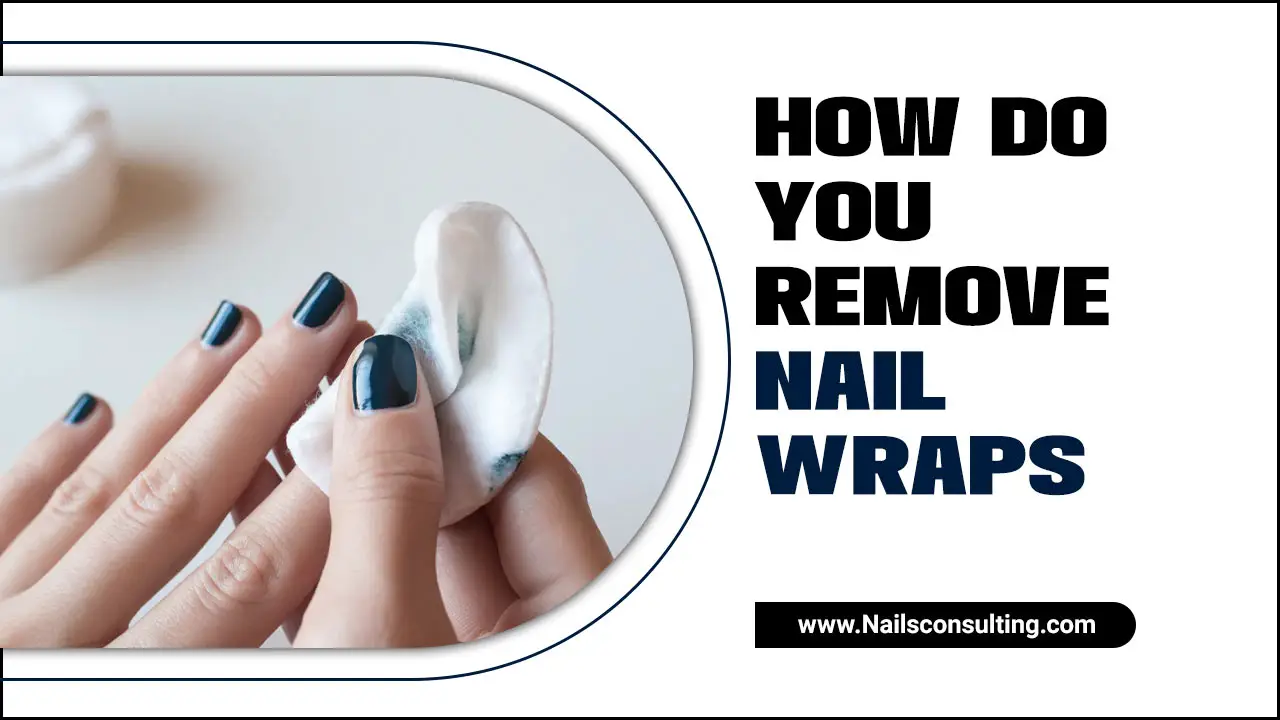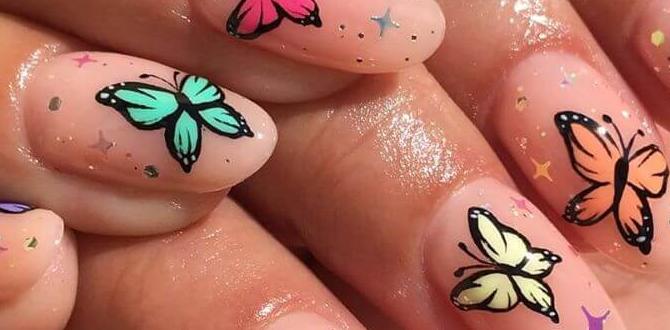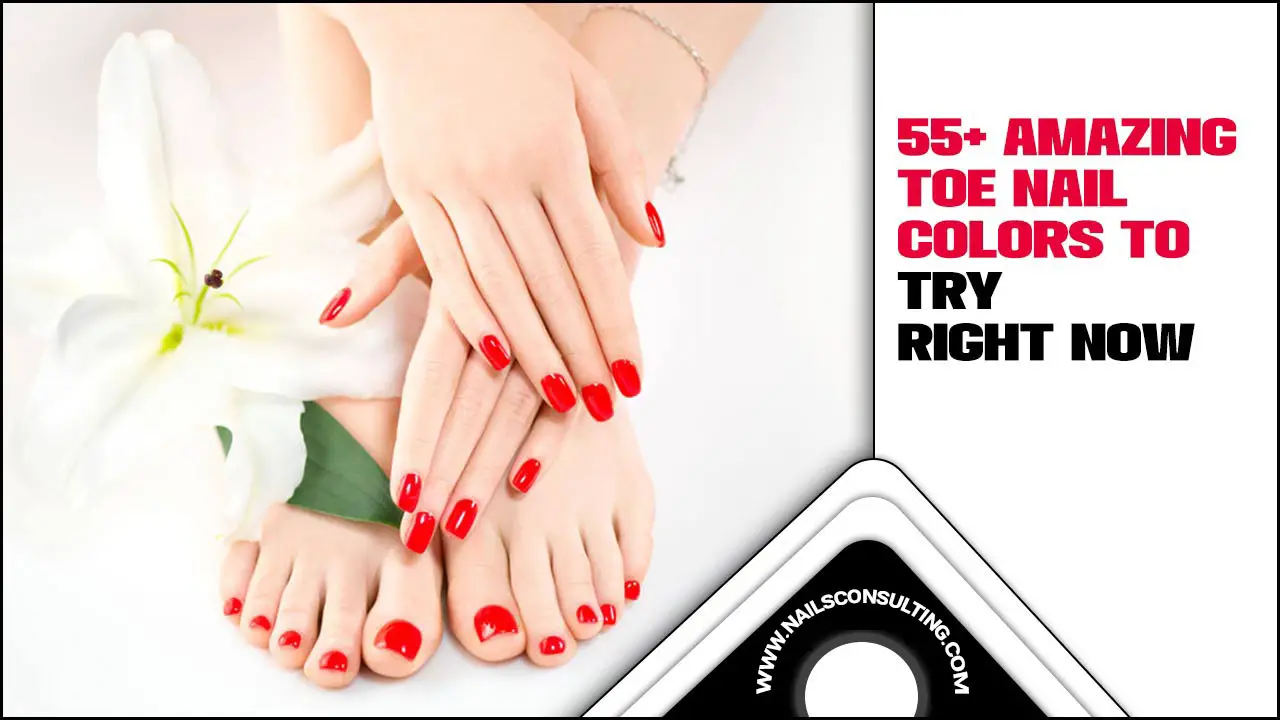Discover timeless glamour with vintage nail designs! Explore easy-to-achieve retro looks, essential tools, and simple steps to create stunning, classic manicures that never go out of style. Perfect for beginners and anyone wanting a touch of old-school elegance.
Dreaming of elegant nails that echo the charm of a bygone era? Vintage nail designs are your secret ticket to a timeless, sophisticated look. Whether you’re drawn to the flirty polka dots of the 50s, the geometric art deco patterns of the 20s, or the subtle glamour of the 40s, these styles are surprisingly easy to recreate at home. Forget complicated techniques; we’re breaking down how to achieve these iconic looks with simple steps and everyday tools. Get ready to fall in love with the enduring beauty of vintage vibes on your fingertips!
Why Vintage Nail Designs Are Always a Hit
Vintage nail designs offer a unique blend of nostalgia and chic sophistication that’s hard to resist. They’re not just about looking pretty; they’re about channeling a classic aesthetic that has stood the test of time. Think of the iconic looks: the perfect French manicure, the playful charm of polka dots, or the elegant simplicity of solid, rich nail colors. These designs evoke a sense of effortless grace and a connection to fashion history.
What makes them so essential? For starters, they’re incredibly versatile. A vintage-inspired manicure can complement anything from a casual outfit to your most glamorous evening wear. They also tend to be classic and understated, making them perfect for those who prefer subtle elegance over flashy trends. Plus, many vintage designs are surprisingly beginner-friendly, proving that you don’t need pro-level skills to achieve stunning results.
A Walk Through Vintage Nail Art Eras
The world of vintage fashion is rich with inspiration for nail art. Each decade brought its own signature style:
- The Roaring Twenties (Art Deco Era): Think geometric shapes, bold lines, and striking color contrasts. Darker shades like deep reds, black, and navy were popular, often accented with metallics or contrasting colors to create intricate patterns.
- The Fabulous Forties: During wartime, practicality met elegance. The “military” manicure, with its dark bases and lighter crescent moons at the cuticle, was iconic. Solid, deep colors like cherry red and burgundy remained staples.
- The Glamorous Fifties: This era is all about playful sophistication! Think pastel shades, delicate florals, and the iconic “half-moon” manicure (also known as the reverse French manicure). Polka dots and simple stripes also graced many fingertips.
- The Swinging Sixties: Mod style brought graphic lines, bold colors, and psychedelic patterns. Think geometric checks, swirling designs, and vibrant color combinations.
- The Disco Seventies: Glitter, shimmering polishes, and vibrant, earthy tones ruled. Long, almond-shaped nails often featured metallic finishes and bold geometric or floral designs.
Getting Started: Essential Tools for Vintage Nails
You don’t need a salon full of fancy gadgets to create beautiful vintage nail designs. With a few basic tools, you can achieve amazing results right at home. Having the right supplies makes the process smoother and the finished look even more polished.
Your Vintage Nail Design Toolkit
Here’s what you’ll want to have on hand:
- Nail Polish in Classic Shades: Stock up on timeless colors like deep reds, creamy nudes, soft pastels, classic black, and elegant navy.
- A Good Base Coat: This protects your nails and helps your polish adhere better, ensuring a longer-lasting manicure.
- A High-Quality Top Coat: This seals your design, adds shine, and prevents chipping. A quick-dry top coat is a lifesaver!
- Fine-Tipped Nail Art Brushes: Essential for drawing clean lines, dots, and small details. A few different thicknesses can be very helpful.
- Dotting Tools: These come in various sizes and are perfect for creating consistent polka dots and small circular designs.
- Dotting Tool/Detail Brush Holder: While not strictly necessary, a damp paper towel or even a slice of fruit rind can work in a pinch to clean your tools between colors.
- Nail Polish Remover & Cotton Swabs: For cleaning up any mistakes and ensuring crisp lines.
- Cuticle Pusher/Orange Stick: For preparing your nail bed and cuticle area.
- Nail File & Buffer: To shape your nails and create a smooth surface for polish.
Proper nail preparation is just as important as the tools themselves. Start with clean, dry nails. Gently push back your cuticles using a cuticle pusher or orange stick. Then, file your nails to your desired shape – almond, oval, or squoval shapes often lend themselves beautifully to vintage looks.
For an extra smooth canvas, a gentle buffing can make a big difference. Ensure you remove any oily residue from buffing before you apply your base coat. This simple prep ensures your vintage designs will look their absolute best and last longer. For more on building your nail art kit, check out resources on essential nail care tools from NailCareHQ.
Beginner-Friendly Vintage Nail Design Tutorials
Ready to get creative? These tutorials are designed for ease, proving you can achieve stunning vintage looks with minimal fuss. We’ll guide you through a few timeless designs step-by-step.
1. The Classic Half-Moon Manicure (Fifties Glam)
This elegant design was hugely popular in the 1950s and is simple to master. It’s a sophisticated alternative to the traditional French manicure.
What You’ll Need:
- Nail polish remover
- Base coat
- Two nail polish colors (e.g., a bold red and a creamy nude, or a soft pastel and a white)
- A nail art brush or an old eyeliner brush
- Top coat
Step-by-Step Guide:
- Prep Your Nails: Start with clean, dry nails. Apply a base coat and let it dry completely.
- Apply the Base Color: Paint your entire nail with your chosen base color (e.g., the nude or pastel). Apply two thin coats for full opacity and let them dry thoroughly. This might take a bit longer, so patience is key!
- Create the Moon: This is where the magic happens! You have two main options:
- Freehand: Using a very fine nail art brush dipped in your contrasting color (e.g., red or white), carefully paint a curved line along your cuticle to form a semi-circle (the moon). Start from one side of the cuticle and arc over to the other.
- Stencils (Optional): You can purchase small, crescent-shaped stencils for a perfectly uniform moon shape. Apply the stencil just above your cuticle, paint the exposed area with your second color, and carefully remove the stencil before the polish dries completely.
- Fill in the Moon (if freehanding): If you freehanded, you can use your brush to gently fill in the area you’ve outlined to create a solid moon shape, or leave it as an outline for a subtler look.
- Clean Up: Dip a cotton swab in nail polish remover to carefully clean up any stray polish around your cuticles or the edges of your moon shape. Precision here makes a huge difference!
- Apply Top Coat: Once all the polish is completely dry, apply a generous layer of top coat to seal the design and add a brilliant shine.
This design is chic, understated, and wonderfully vintage. It works beautifully with almost any color combination. For more inspiration on vintage styles, take a peek at historic fashion archives like those from the Victoria and Albert Museum.
Here’s a quick look at the color combinations that truly define the half-moon manicure:
| Era/Style | Popular Color Combinations | Vibe |
|---|---|---|
| 1950s Classic | Creamy Nude & Classic Red | Elegant, Sophisticated |
| Soft & Sweet | Pastel Pink & White | Dainty, Feminine |
| Bold & Dramatic | Deep Navy & Silver Metallic | Chic, Modern Vintage |
| Subtle Chic | Sheer Pink & Milky White | Understated, Polished |
2. Playful Polka Dots (50s Charm)
Polka dots are the epitome of fun and flirty vintage style. They’re incredibly easy to do with just a dotting tool and pop of contrasting color.
What You’ll Need:
- Base coat
- A main polish color (e.g., a pastel blue, a bubblegum pink, or a classic cream)
- A contrasting polish color for the dots (e.g., white, black, or a bright pop)
- Dotting tool (or a toothpick with a slightly rounded end)
- Top coat
Step-by-Step Guide:
- Prep and Base: Apply your base coat and let it dry.
- Paint Your Base Color: Apply one or two coats of your main polish color. Let it dry completely. This is crucial – if your base color is still wet, the dots will smudge.
- Load Your Dotting Tool: Dip the tip of your dotting tool into your contrasting polish color. You don’t need a lot – a small bead is perfect.
- Start Dotting! Gently press the loaded dotting tool onto your nail to create a dot. Start from the cuticle and work your way up, or create a pattern. You can make the dots in neat rows, scattered randomly, or even concentrated towards the tips.
- Reload and Repeat: Reload your dotting tool as needed. Wipe off excess polish from the tool on a paper towel between dips if you want very clean dots.
- Vary the Size (Optional): If you have dotting tools of different sizes, you can create variations in dot size for added visual interest.
- Clean Up: Use a cotton swab dipped in remover for any stray dots or to refine your edges.
- Seal It: Apply a generous layer of top coat to seal your polka dots and add shine. Be careful not to drag the dots with your brush if the polish is still wet!
Polka dots are endlessly customizable. Try contrasting colors for a bold look or tonal shades for something more subtle. For maintenance tips on keeping your nails healthy while experimenting with polish, the American Academy of Dermatology offers great advice.
3. Art Deco Geometric Lines (20s Sophistication)
The Art Deco era was defined by sharp lines, geometric shapes, and bold contrasts. This design can look incredibly chic and is simpler than you might think!
What You’ll Need:
- Base coat
- Two contrasting nail polish colors (e.g., black and gold, deep teal and silver, or burgundy and cream)
- A very fine nail art striper brush
- Optional: Striping tape or thin stencils
- Top coat
Step-by-Step Guide:
- Prep and Base Coat: Start with clean nails and your base coat. Let dry.
- Apply Main Color: Paint your nails with your primary color. Apply two coats for full coverage and allow them to dry completely. This is vital for clean lines.
- Option 1: Freehand Lines:
- Dip your fine striper brush into your contrasting color.
- Carefully draw thin, straight lines across your nail. You can create simple grids, diagonal lines, or zig-zags.
- Focus on making the lines as thin and precise as possible.
- Option 2: Using Striping Tape or Stencils:
- Once your base color is completely dry, carefully apply thin striping tape or a geometric stencil onto your nail in the desired pattern. Press down firmly to ensure a good seal.
- Paint over the taped/stenciled area with your contrasting color.
- While the second color is still slightly wet (or just starting to dry), very carefully peel away the tape or stencil. This is the trickiest part, so go slowly!
- Clean Up: Use a fine-tipped brush dipped in remover to sharpen any lines or clean up mistakes.
- Top Coat: Once everything is dry, apply your top coat.
Art Deco designs can be as simple or as intricate as you like. A single gold geometric accent on a dark background can be incredibly effective. For more about the influence of Art Deco on design, explore resources from institutions like the Art Institute of Chicago.
Here’s a quick comparison of tools for achieving precise lines:
| Tool | Pros | Cons | Best For |
|---|---|---|---|
| Fine Nail Art Striper Brush | Versatile, allows for freehand control. | Requires a steady hand; practice needed for precision. | Delicate lines, freehand geometric patterns, accents. |
| Striping Tape | Creates perfectly straight, sharp lines; easy to use with practice. | Can lift polish if not applied/removed carefully; limited to straight lines/shapes unless cut. | Sleek grids, sharp geometric designs, French tips. |
| Dotting Tools (for lines) | Can create small, consistent dots and short dashes. | Not ideal for long, continuous lines. | Dotted patterns, short dashes, small accents. |
4. The Classic French Manicure (Timeless Elegance)
While the French manicure has evolved, its roots are firmly planted in timeless elegance, making it a quintessential vintage look. It’s all about a clean, polished appearance.
What You’ll Need:
- Base coat
- Sheer pink or nude polish
- White polish
- French tip guide stickers (optional but helpful for beginners)
- Fine nail art brush or toothpick
- Top coat
Step-by-Step Guide:
- Prep & Base Coat: Clean your nails and apply a base coat. Let it dry.
- Apply the Base Color: Apply one or two thin coats of your sheer pink or nude polish. This creates the natural-looking nail bed. Let it dry completely.
- Create the White Tip: This is where technique matters.
- With Guides: Apply the French tip guide stickers along the natural edge of your nail, where it turns white. Carefully paint the exposed tip with white polish. Let it dry for a minute, then gently peel off the sticker.
- Freehand: Use a fine nail art brush and white polish to draw a smile line across your nail tip. Aim for a gentle curve. Clean up edges with a remover-dipped cotton swab for a crisp line.
- Using a Toothpick: Dip a toothpick into white polish and carefully paint the tip of your nail, making a curved line. This offers more control than a brush for some.
- Fill & Refine: Ensure the white tip is opaque and the smile line is clean. You can go back and touch up with your fine brush or toothpick if needed.
- Top Coat: Once the white polish is dry, apply a thorough top coat to seal everything.
The beauty of the French manicure is its simplicity and how it enhances the natural look of the nails. It’s a style that consistently remains in vogue, proving its enduring appeal.
Making Vintage Designs Last
The best vintage nail designs are those that stay looking beautiful. Here are some tips to ensure your hard work lasts:
- Always Use a Base Coat: It protects your nails from staining and helps polish adhere better.
- Apply Thin Coats: Multiple thin coats of polish dry faster and are less prone to smudging or bubbling than one thick coat.
- Let Each Layer Dry: Patience is key! Rushing between coats is




